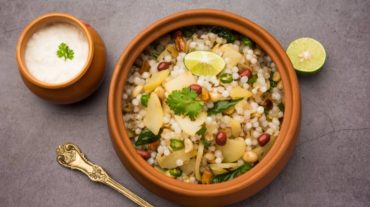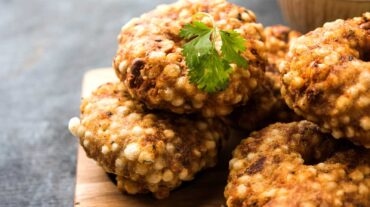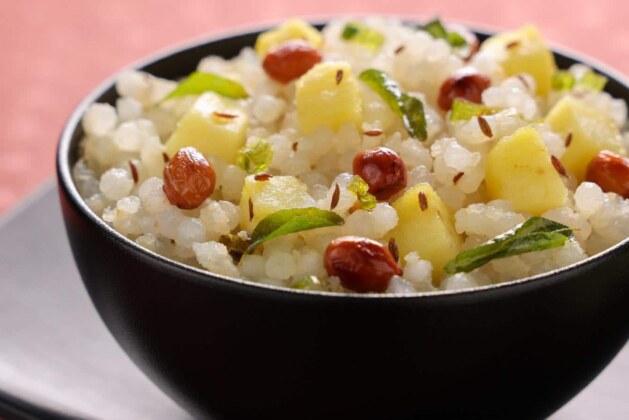[ad_1]
The 9-day Navratri fast has begun. The 9-day Navratri runs from September 26th until October 4th. Many people fast for 9 days during this period, while others fast on the first and last days of Navratri. Whenever fasting is mentioned, fasting is mentioned first because it is so delicious and sattani. But not every diet is right for everyone. For some people, it can cause heaviness, constipation, nervousness, and more. The same happens with sabudana. Although healthy and delicious, it should be avoided in some cases (Sabudana side effects).
During fasting, it is important to know which foods are good for our health and which are not. So today we are going to talk about Sabudana that everyone loves. We love it from Sabudana Vada to Sabudana Kheer. We know very little about it, like what is sago? When to eat and when not to eat? But now it’s also important to know when it shouldn’t be eaten.
So, let us know about Sabudana in detail through this article.
What is Sabudana?
Sabudana is a processed and easily digestible food made from starch. It is extracted from the root of the tropical palm tree yam. It is then dried in powder form, cooked and tablets are prepared from it. This process takes a lot of time.
It is also a rich source of carbohydrates. Sago has small white grains that look like pearls. They are typically 2 to 4.5 mm in size. It is said to be the best food for the sick. Plus, it’s also gluten-free.
In fact, sabudana is nutritious. It contains a lot of fiber, protein, fat, and carbohydrates, but some people may have some problems eating it.

When should not eat sabudana
Sago made from cassava may contain various compounds, such as cyanogenic glycosides, that may affect the body’s utilization of iodine and may suppress the thyroid leading to hypothyroidism.
The 2014 issue of Food Chemistry reported that cyanide can cause neurological problems in some people. Children are more prone to hydrogen cyanide poisoning due to their small size and low weight.
Patients who are allergic to latex may also be allergic to sago.
Eating too much sago can lead to digestive disorders such as bloating and constipation, especially in people with diabetes and heart disease.

Should diabetics eat sabudana?
Sabudana is a healthy carbohydrate that is gluten-free and provides the right amount of energy. However, if you have diabetes, eating too much can be bad for your health. So if you have diabetes, you can eat sago, but in moderation is important.
Precautions for using Sabudana:
Always buy a good brand of sabudana and don’t slack off.
Sabudana should be soaked in water and carefully cooked in boiling water before consumption to remove all its toxins.
It’s important to cook it and eat it raw, as it can be harmful to health when eaten raw or in raw form.
Also read; World Vegetarian Day: These 3 seeds are small but more nutritious than meat and fish
[ad_2]



Leave a comment